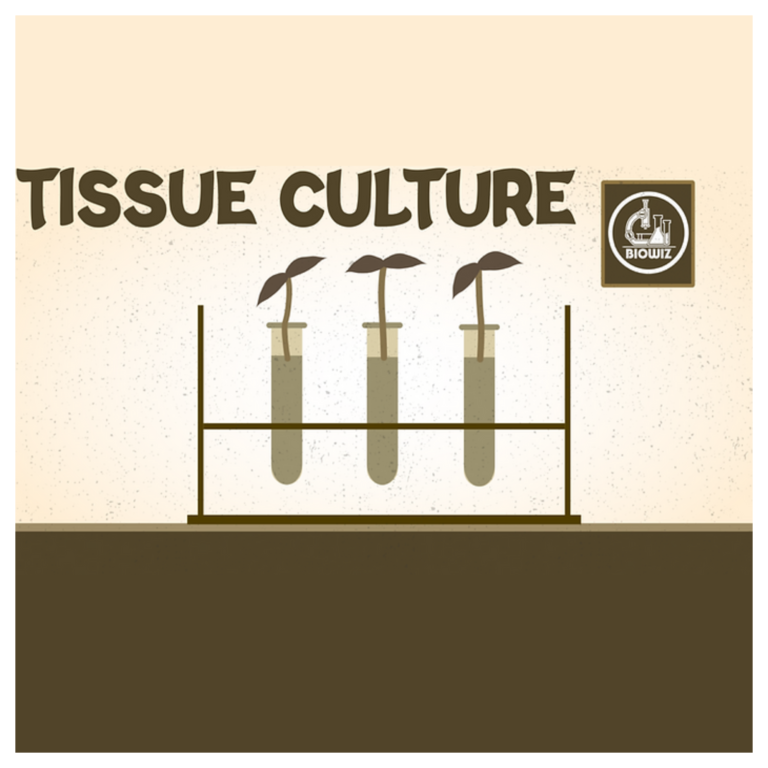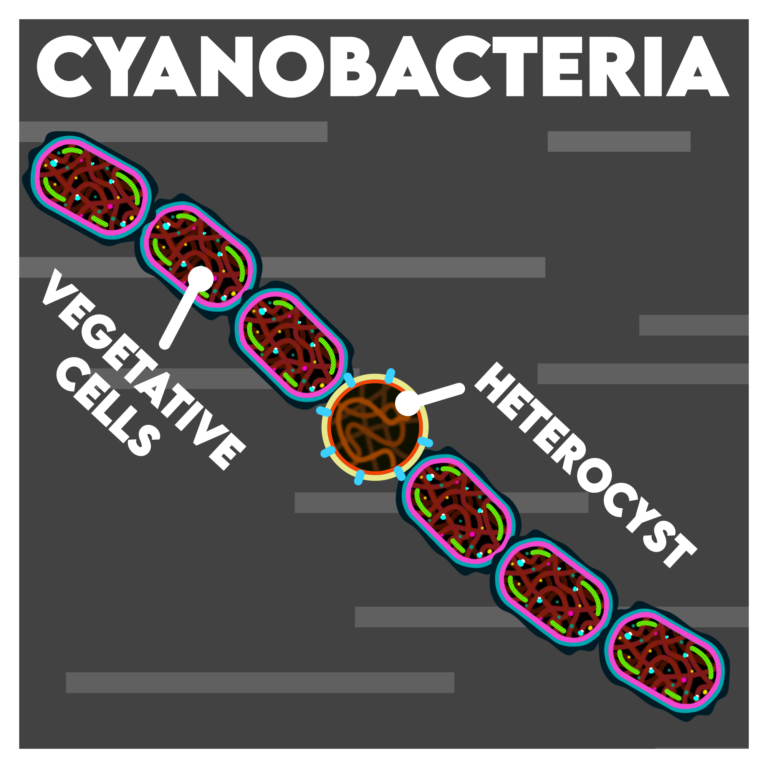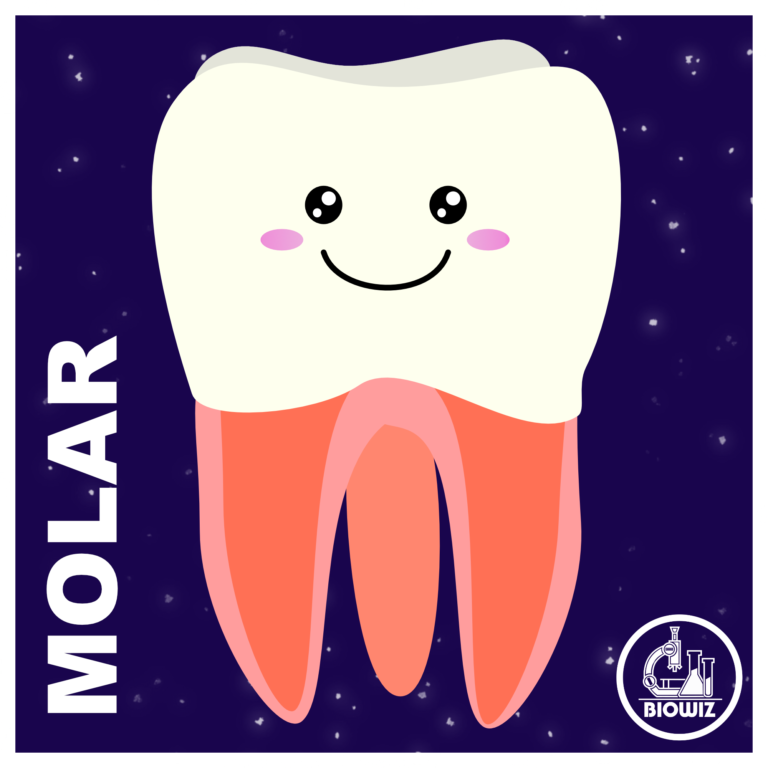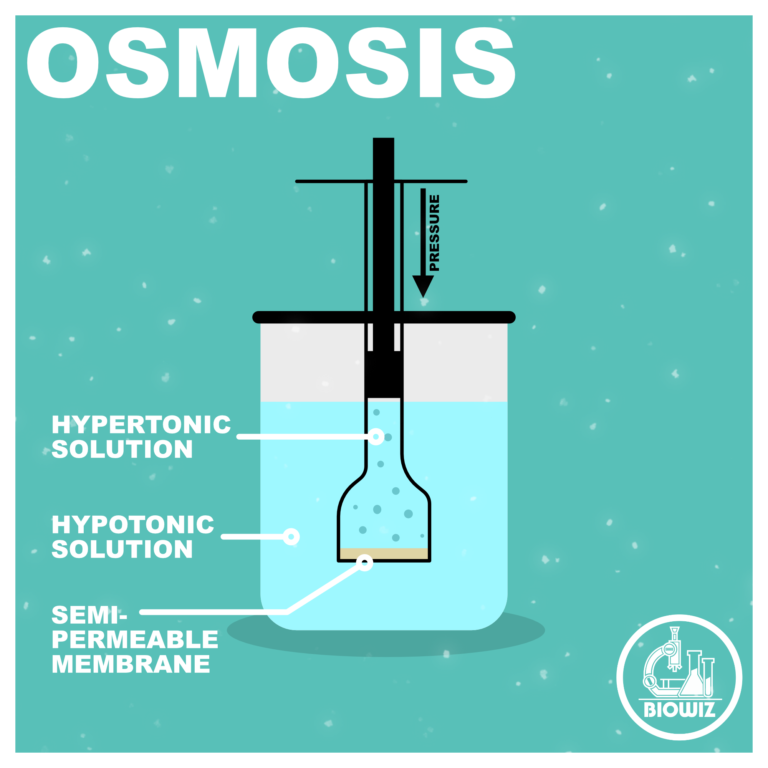
TURGIDITY AND PLASMOLYSIS
Turgidity in plant cells occurs when they are full of water, maintaining structure and firmness. In contrast, plasmolysis happens when cells lose water in hypertonic solutions, causing the cell membrane to pull away from the cell wall. These processes are vital in understanding plant cell osmoregulation and overall health.








